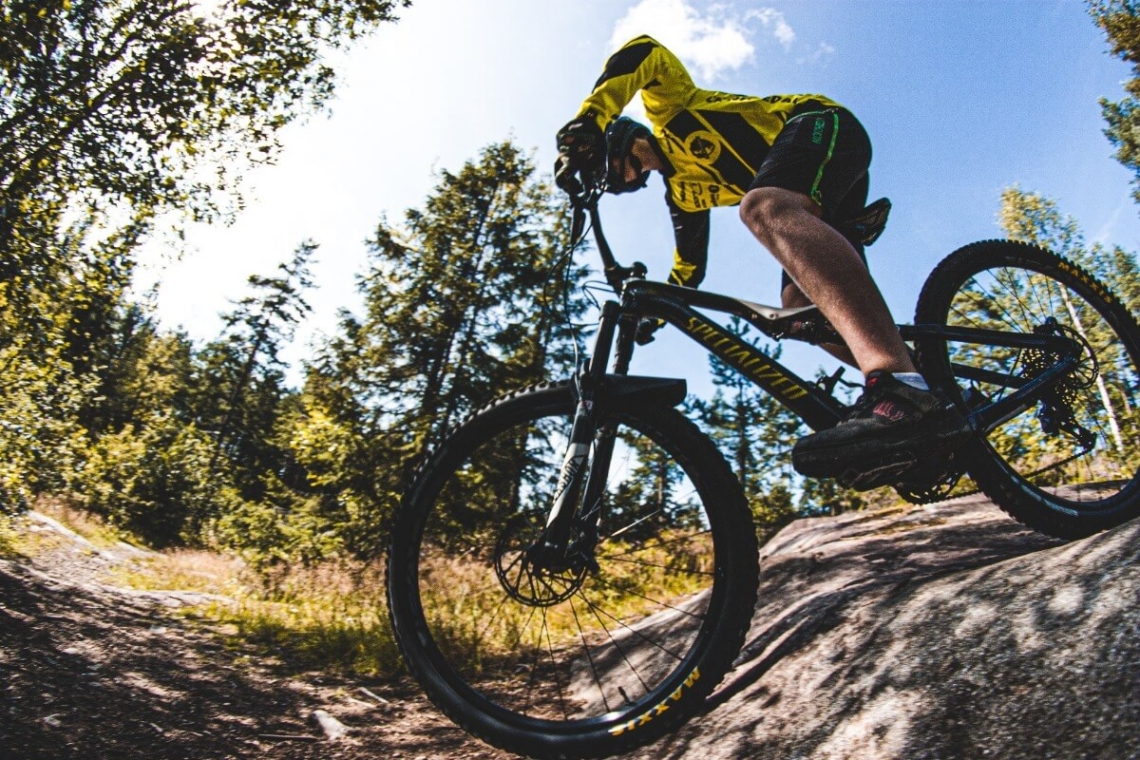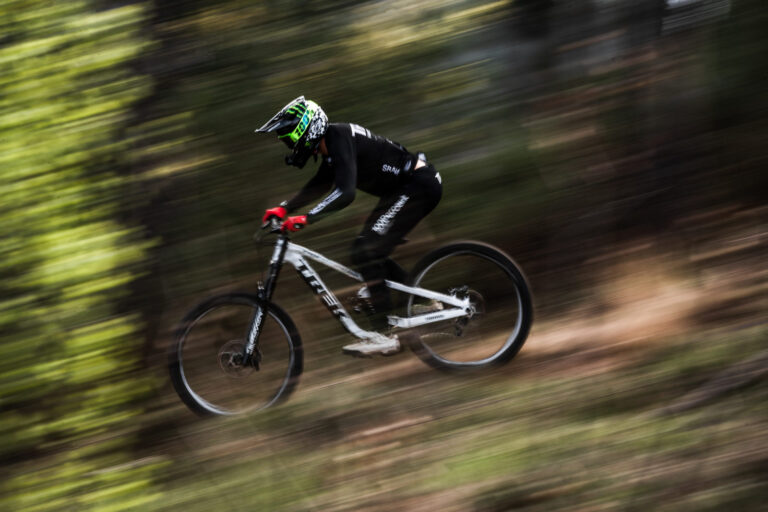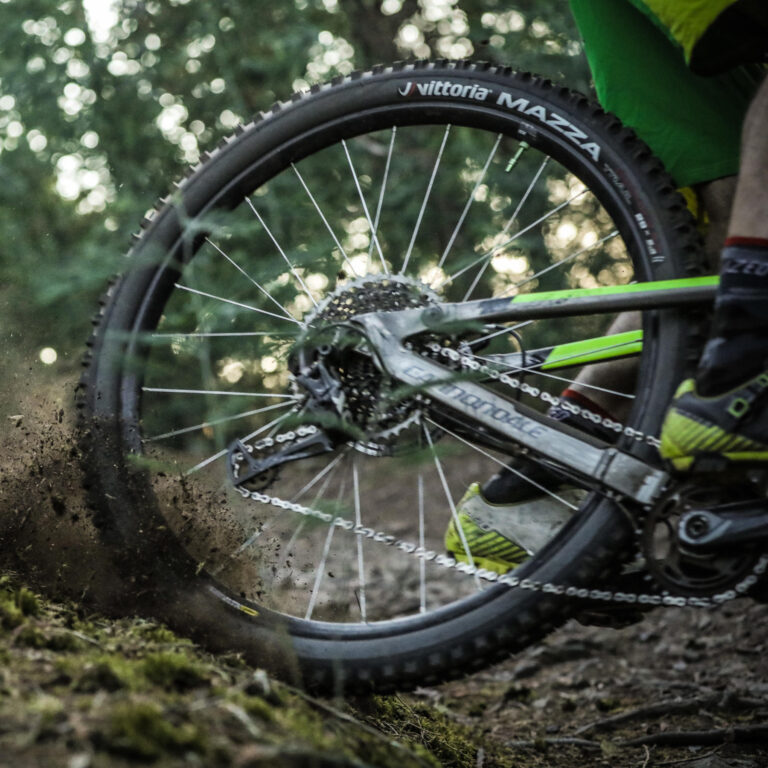The Ultimate Guide to Downhill Bike Tire Size and Compatibility
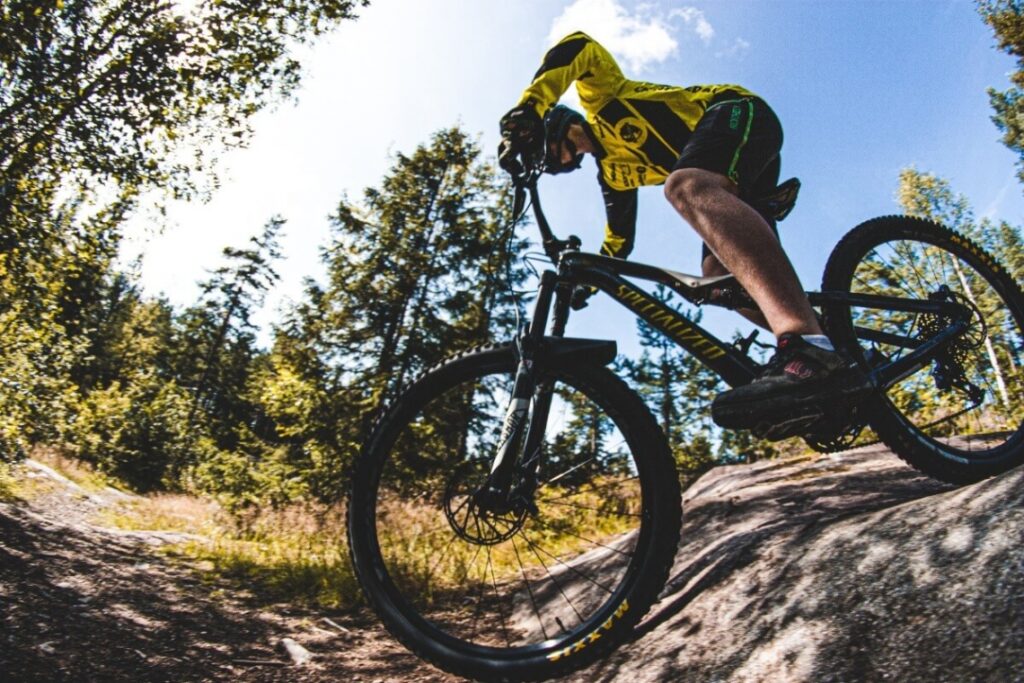
Key Point Summary of Downhill Bike Tire Size and Compatibility:
- This article explores the crucial aspects of downhill bike tire size and compatibility.
- It focuses on understanding the dimensions suitable for downhill biking and how these dimensions affect bike performance.
- The guide is tailored for beginner to mid-level cyclists, offering insights into selecting the right tire size for downhill adventures.
As a cyclist who’s spent considerable time racing and riding across various biking disciplines, including the adrenaline-filled world of downhill (DH) biking, I’ve come to appreciate the importance of every component of the bike. One such critical component is the tire, and specifically, its size and compatibility. Let’s dive into what you need to know about downhill bike tire sizes.

Impact of Tire Profile on Handling
The tire’s profile, influenced by its width and the shape of its sidewalls, plays a crucial role in handling. Wider tires tend to have a more rounded profile, which can affect cornering. I’ve noticed how different tire profiles can change the bike’s responsiveness in turns and technical sections.

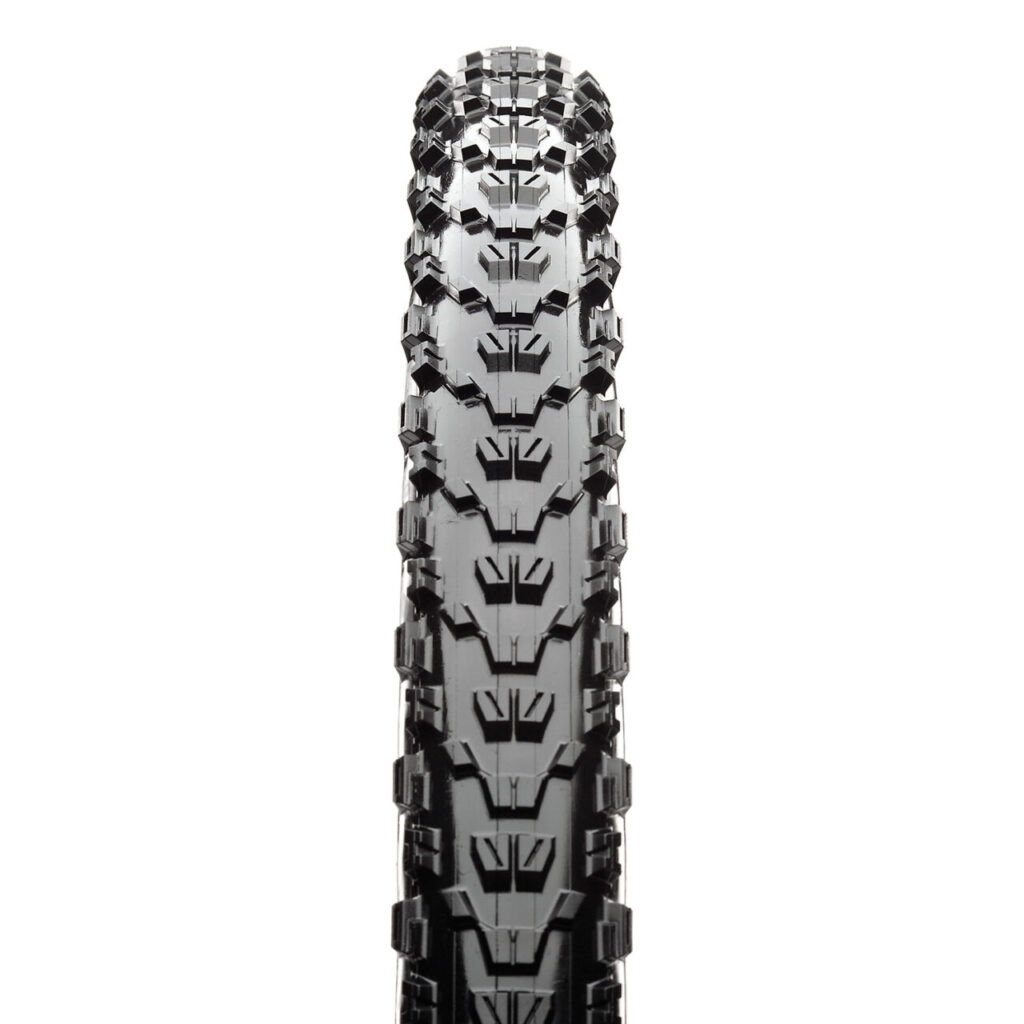
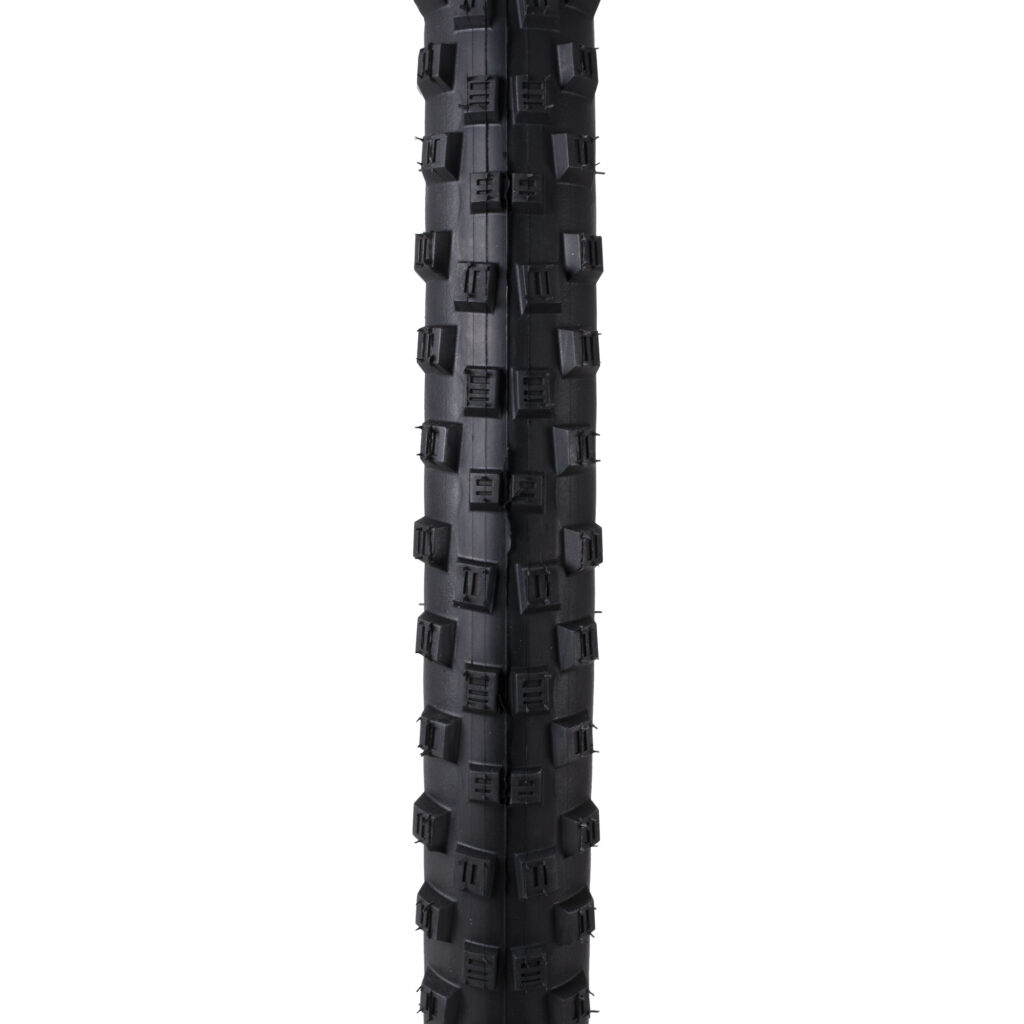
Understanding Tread Patterns for Downhill
Tread pattern is another vital aspect. Downhill tires often feature aggressive tread with deep, wide-spaced knobs for maximum grip in loose and rough terrain. The arrangement and shape of these knobs can significantly affect traction, braking, and cornering performance. In my experience, a tire with the right tread pattern can be the difference between slipping and sticking a tight corner.
Durability and Compound Stiffness
Downhill tires are subjected to extreme conditions. Therefore, their durability is key. Heavier, reinforced tires resist punctures and cuts but add weight. Also, the rubber compound’s stiffness impacts grip and wear rate. Softer compounds grip better but wear out faster, a trade-off I’ve had to balance depending on the race or trail conditions.
Downhill Bike Tire Size
Downhill biking demands robust and durable tires that can withstand high speeds and rough terrains. Typically, the tire sizes for DH bikes range from 2.3 inches to 2.5 inches in width. These wider tires provide better traction and stability, crucial for navigating DH courses.
Why Size Matters
In downhill biking, tire size significantly influences several key aspects of the riding experience:
- Traction and Grip: Larger, wider tires offer more surface area for contact with the ground, resulting in better traction. This is crucial for maintaining control on steep, loose, or slippery downhill sections.
- Stability and Control: Bigger tires, especially those with a diameter of 27.5 or 29 inches, provide enhanced stability at high speeds and in technical terrain, which is essential for downhill biking.
- Shock Absorption: Wider tires can absorb more impact from bumps, rocks, and roots on the trail, providing a smoother ride and reducing fatigue and strain on both the rider and the bike.
- Cornering Ability: The size of the tire affects how the bike handles corners. Larger tires can improve cornering stability, offering confidence when navigating tight turns at speed.
- Rolling Over Obstacles: A larger diameter wheel, like a 29-inch tire, can roll over obstacles more easily compared to smaller ones, making it easier to tackle rough downhill tracks.
Each of these factors plays a crucial role in the overall performance and handling of a downhill bike, influencing the rider’s confidence and ability to tackle challenging downhill courses.
Wheel Size and Compatibility
Downhill bikes typically come with either 27.5-inch or 29-inch wheels. The choice of tire size must be compatible with these wheel sizes. A 29-inch wheel can roll over obstacles more easily, while a 27.5-inch wheel offers quicker handling. The tire width you choose should complement your wheel size and riding style.
Tubeless vs. Tubed Tires
In the DH world, tubeless tires are becoming increasingly popular due to their puncture resistance and ability to run at lower pressures. However, tubed tires are still widely used and can be a reliable option.
Tubeless Tire Setup for Downhill
Setting up tubeless tires properly is crucial in downhill biking. This setup reduces the risk of flats and allows for running at lower pressures, which improves grip and comfort. However, it requires careful installation and regular maintenance, like checking sealant levels, which I’ve learned is vital for optimal performance.
Seasonal and Weather-Dependent Tire Choices
The choice of downhill tires can also depend on the season and weather. For instance, mud-specific tires with widely spaced knobs are ideal for wet conditions, while tires with a harder compound and more continuous tread pattern perform better in dry conditions.
Tips on Balancing Weight and Performance
Downhill bikers should consider the trade-off between tire weight and performance. Lighter tires improve acceleration and ease of climbing but might offer less protection and durability. Heavier tires provide better protection and stability but can make the bike feel less agile.
Rim Width
The width of your bike’s rims also plays a role in tire compatibility. Wider rims can accommodate wider tires and vice versa. It’s important to ensure that your rim width is suitable for the tire size you’re considering.
Tire Pressure
With downhill tires, running the correct tire pressure is critical. Too low, and you risk rim damage and tire burping. Too high, and you lose traction and comfort. Finding that sweet spot in tire pressure can significantly enhance your ride.
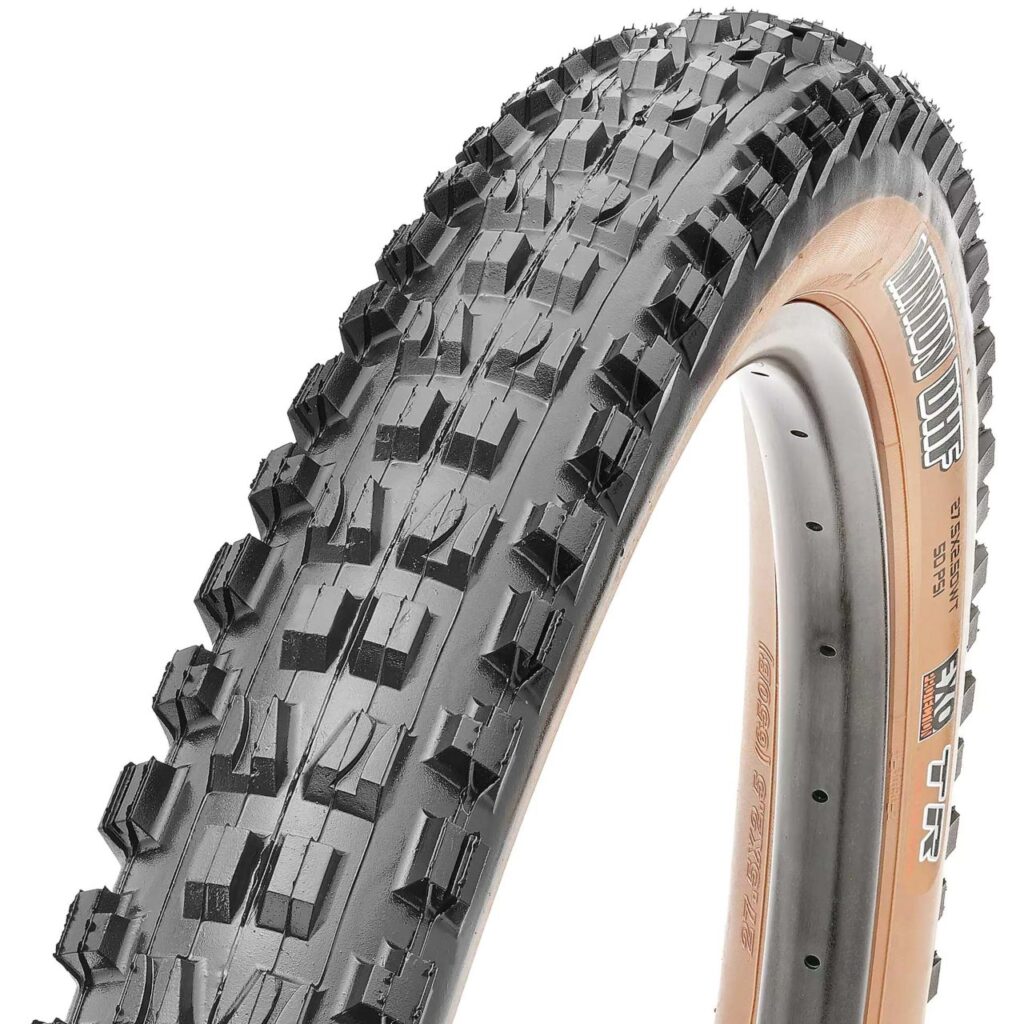
Top Downhill Tires
Here are some of the best downhill bike tires known for their performance, durability, and suitability for challenging downhill terrains:
- Maxxis Minion DHF: Renowned for its excellent grip and control, especially in downhill sections, making it a favorite among downhill riders.
- Schwalbe Magic Mary: A versatile tire offering aggressive tread for superior traction in wet and muddy conditions, ideal for diverse downhill courses.
- Continental Der Kaiser Projekt: Known for its puncture resistance and great performance across various conditions, from wet to dry.
- Michelin Wild Rock’R2: Offers a great balance of grip, durability, and rolling efficiency, suitable for a wide range of downhill terrains.
- WTB Convict: Praised for its aggressive knobs and reliability in rough and loose terrain, making it a solid choice for technical downhill tracks.
Each of these tires is specifically designed to meet the demanding needs of downhill biking, providing a combination of traction, durability, and stability necessary for the sport.
Final Thoughts
Selecting the right tire size for downhill biking is a key decision that can greatly affect your riding experience. It’s about finding the right balance between traction, stability, and responsiveness. In downhill biking, every component of the tire – from size and tread pattern to compound and construction – plays a part in defining your ride.
Understanding these nuances helps in choosing the right tire for your downhill bike, ensuring you have the best possible experience on the trails. Whether you’re tackling a world-class DH course or enjoying local trails, understanding tire size and compatibility will help enhance your downhill adventures.
John
FAQ
What size wheel is best for downhill bike?
The best wheel size for downhill bikes is typically 27.5 inches (650B) or 29 inches, with 27.5 inches being favored for its agility and 29 inches for better obstacle rollover and stability.
What is the standard mountain bike tire size?
The standard mountain bike tire size typically ranges from 2.1 to 2.4 inches in width, fitting 27.5-inch (650B) or 29-inch wheels.
What size person is a 29 inch bike for?
A 29-inch bike is generally well-suited for taller riders, typically those over 5’6″ (168 cm), as the larger wheels complement longer leg lengths and provide a smoother ride for taller individuals.
What size are 26 inch mountain bike tires?
26-inch mountain bike tires typically range in width from 1.9 to 2.5 inches, with this diameter being a traditional standard for mountain bikes.
